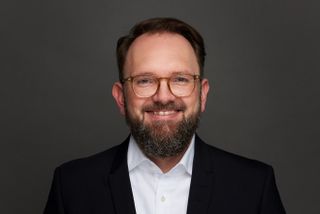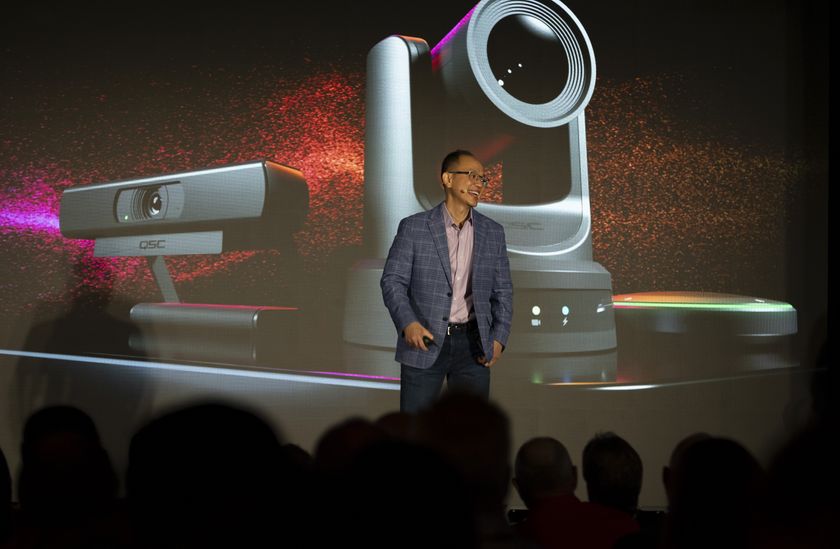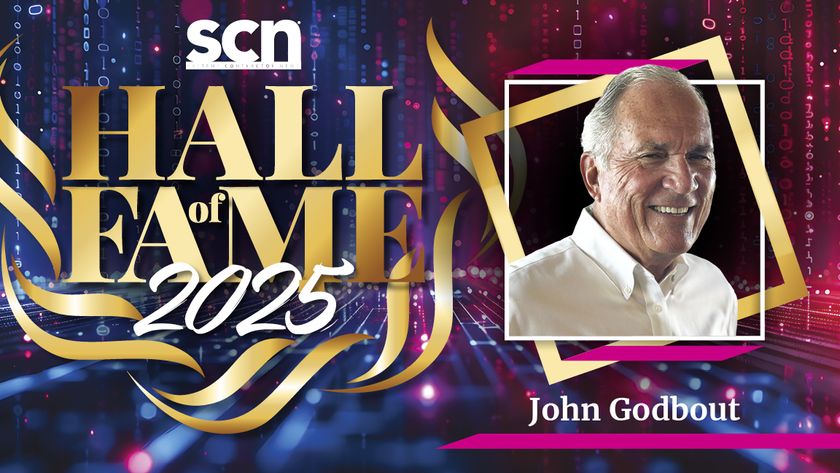Quick Bio

Name: Kai Tossing
Position: Head of Product Management, Business Communication
Company: Sennheiser Electronic GmbH & Co.
Overtime: Tossing is a passionate acoustic guitar player and collector of vinyl records. He finds his balance in life through cooking, yoga, and tai chi.
SCN: What is your position, and what does it entail? What are your responsibilities?
KAI TOSSING: Our product management team is responsible for a strong and growing product portfolio for corporate and education solutions as part of Sennheiser’s Business Communication segment. In my role as head of product management, I empower my team to create outstanding solutions, drive innovation in our developments, and grow team skills. For the team, I also take care of the overall team tasks, help to prioritize on initiatives, and foster our agile development methodology. In addition to that, I drive the strategic roadmap planning in close collaboration with technology partners—planning for the next big thing!
SCN: How long have you been in this position?
KT: I have been a product manager for almost a decade and became head of product management about a year ago.
SCN: How has your background prepared you for your role?
KT: With 10 years of product management experience, plus skills in strategy development, leadership, and change management, I was braced for new challenges. I am well connected and in frequent exchange with other industry players, which is also a very valuable foundation. Plus, I enjoy learning on the job every day.
SCN: What are your short- and long-term goals?
KT: To me, short-term goals should always make a tangible, measurable impact. For example, adaptations in workflows to improve collaboration, knowledge transfer, or communication. Or impactful product variants and portfolio additions..
An important long-term goal is merging the worlds of AV and IT. We do not simply invent new features or products. Instead, we re-create workflows based on observations of daily business routines and translate them into digital workflows and new solutions.
SCN: What is the greatest challenge you face?
KT: Our greatest challenge is scarce resources. We always have more promising ideas than possibilities of implementing them. Managing scarce resources requires strong skills of prioritization, motivation, and negotiation. I guess that is a topic common to most industries.
SCN: Where do you see the pro AV market heading?
KT: I see the pro AV market merging more with IT. Business routines and workflows need to be covered by a product solution—whether this solution is hardware- or software-based will make less of a difference in the future. Having said that, it’s still important to fully understand the hardware; not everything can be processed in the end or fully replaced by software. In many cases, you need the properly digitized original. Take UC calls, for example: without a proper signal from a microphone, you cannot be heard on the other side. You could only wave to the camera or type in the chat.
Besides the trend of AV and IT becoming one, I see an ongoing trend toward solutions that are easy to use. As we use more technology more frequently, the user experience must be become ever-simpler. We all use consumer electronics in different environments, and we often have expectations regarding how easy to use these products should be.
At Sennheiser, we contribute to this trend and make workflows as simple as possible for our customers, taking their individual workflow challenges into account and addressing them with our solutions.
SCN: Are there new initiatives we are likely to see from Sennheiser?
KT: With our Education Solutions initiative, we specifically target the higher education sector by offering “campus-wide audio,” which means scalable audio solutions for campus-wide setups that promise great ease of use.
Sennheiser has transitioned from a merely product-driven approach to software-empowered solutions that are part of a larger AV/IT ecosystem. You will see, read, and hear more about this soon. Some examples of this approach were presented at this year’s ISE conference in Amsterdam, where we introduced the SpeechLine Multi-Channel Receiver (SL MCR). This is a 2- or 4-channel microphone receiver with the looks of an access point that addresses all needs of modern IT integration. It comes with a dual Dante interface for Audio over IP, PoE, Sennheiser Control Cockpit integration, and the latest security requirements fulfilled with support of IEEE 802.1x.
SCN: How can systems contractors better position themselves to profit from products and/or services you offer?
KT: To support integrators the best we can, we have developed dedicated training and webinars hosted by the Sennheiser Sound Academy. We also offer white papers and ample product documentation, which is conveniently accessible in the Sennheiser Documentation app.
Another aspect is leveraging the platform benefits that our solutions create. Tested and certified interoperability with partners is very important to us. For example, we certified our TeamConnect Ceiling 2 microphone together with Biamp’s and Bose’s DSP solutions for Microsoft Teams. Interoperability and seamless system design are key.
We also address common requirements such as seamless integration and security with a comparable offering in system design, such as dual Dante interface, PoE, and IEEE 802.1x for all recent products, as well as features such as remote control via the open Sennheiser Sound Control Protocol and Sennheiser Control Cockpit app.
Once system contractors familiarize themselves with our solutions, they will be able to benefit quickly from the platform idea, which will make their jobs a lot easier.













